The Ministry of Transport proposed 19 policy groups under the authority of the National Assembly to implement the construction of the 403.1 km Lao Cai-Hanoi-Hai Phong railway project connecting to China, with an investment rate of about 15.96 million USD/km, and a total investment of about 8.396 billion USD.
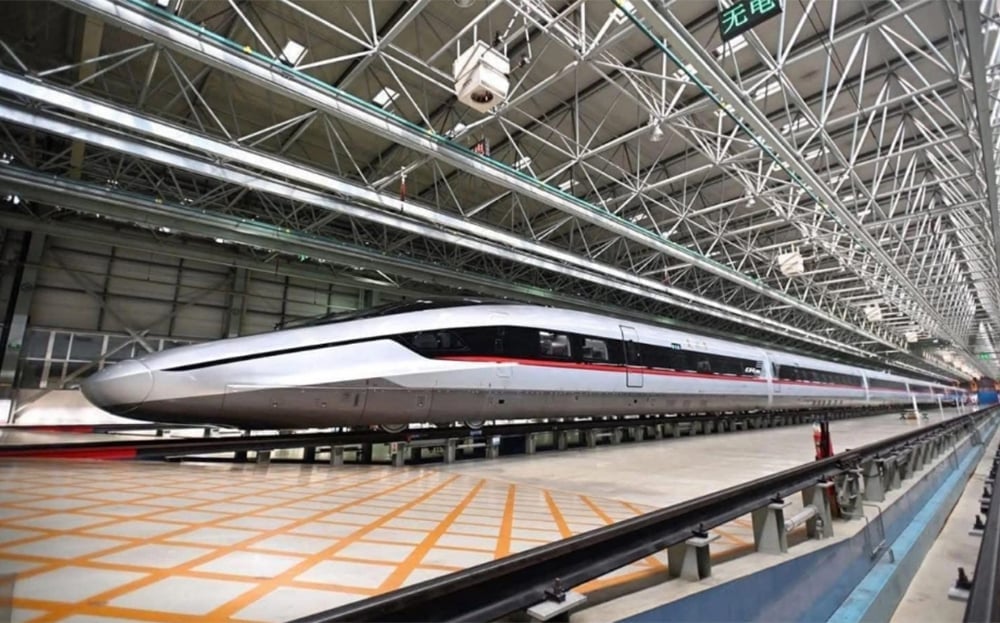 |
The railway line connecting to China is expected to run at a maximum speed of 120km/h. Illustration photo. |
Issuing government bonds, mobilizing ODA capital for implementation
Based on the consensus of the Government members, Minister of Transport Tran Hong Minh, authorized by the Prime Minister, has just signed a document to submit to the Government requesting the National Assembly to approve the investment policy for the Lao Cai - Hanoi - Hai Phong railway project.
This afternoon (February 10), the National Assembly Standing Committee gave its opinion on the investment policy of the Lao Cai - Hanoi - Hai Phong railway project to submit to the National Assembly for consideration and decision at the 9th extraordinary session.
According to the proposal, this railway line is 403.1km long, including a 388km main line and two 15km branch lines. The starting point is at the rail connection point across the border between the new Lao Cai station and Ha Khau Bac station (China), in Lao Cai city; the end point is at Lach Huyen wharf area, in Hai Phong city, Vietnam.
The project passes through 9 provinces and cities, including Lao Cai, Yen Bai, Phu Tho, Vinh Phuc, Hanoi, Bac Ninh, Hung Yen, Hai Duong and Hai Phong. When implemented, the project will occupy about 2,632 hectares of land, with a resettled population of about 19,136 people.
In the first phase, the route will be built as a single track, 1,435mm gauge, transporting both passengers and goods. Passenger and freight trains will use centralized power train technology, operating at speeds of 160km/h-120km/h depending on the section.
The entire route has 18 stations, including three train stations in Lao Cai, Yen Thuong, Nam Hai Phong and 15 mixed stations. (Train stations are large stations usually located at railway hubs).
In addition, to carry out technical operations to serve train operations, 14 technical operation stations will be arranged. The Ministry of Transport said that the existing railway line will transport domestic passengers, short-distance tourism and transport available goods connecting to the new railway line.
The total investment of the project is 203,231 billion VND (about 8.396 billion USD), from public investment capital. Currently, the project has balanced 128 billion VND, the Government plans to propose the National Assembly to balance the remaining amount in the medium-term public investment plan for the next period.
Propose a series of specific policies and mechanisms for implementation
To quickly implement the project, the Government has proposed 19 specific policies and mechanisms, including groups of mechanisms and policies approved by the National Assembly for the North-South high-speed railway project.
In particular, the policy allows the Prime Minister to decide to issue government bonds in case the annual state budget estimate does not meet the schedule. The government can also mobilize ODA capital and foreign preferential loans to implement projects and does not have to prepare project proposals using ODA capital.
The Ministry of Transport also proposed adding four policy groups under the authority of the National Assembly.
Specifically, for the group of policies on adjusting related planning, the Ministry of Transport proposes that competent authorities consider and allow not having to carry out planning adjustment procedures in cases where project implementation is different from related planning approved by competent authorities.
Project adjustment contents will be updated in the planning during periodic implementation review.
Ensuring implementation progress, a mechanism allowing investors to simultaneously prepare pre-feasibility study reports, feasibility study reports, technical designs, bidding documents... if necessary is also proposed.
The Ministry of Transport recommends that competent authorities consider and allow investors to appoint experienced international contractors to coordinate with domestic consulting units to prepare feasibility study reports, post-basic design, supervision, construction contractors, equipment suppliers, etc.
In particular, the Ministry proposed that Vietnam Railway Corporation be allowed to receive technology transfer to produce vehicles and equipment for the project; and allow the corporation to increase its charter capital from the budget to carry out technology transfer and produce vehicles for the project.
Investors of national railway system investment projects with speeds under 200km/h and urban railways must place orders with Vietnam Railways Corporation for all vehicles used for the project (except for projects with international commitments). This is also one of the notable special mechanisms proposed by the Ministry of Transport.
In addition, the Government proposed to allow projects not to have to conduct capital balance assessment according to the provisions of the Law on Public Investment, provinces are allowed to use their budgets to carry out site clearance work to create land funds for development, railway industry development policies, etc.
After being approved by the National Assembly, the Government will immediately carry out site clearance work in the middle of this year, start the project at the end of 2025 and basically complete construction in 2030.
The modern railway project profile connecting China was prepared by the Ministry of Transport based on the planning profile of the Lao Cai - Hanoi - Hai Phong standard gauge railway line, which was carried out by the China Railway No. 5 Survey and Design Institute Group Limited Company. During the reception process, the Ministry of Transport added research on the route from Hai Phong to Quang Ninh as a basis for approving the detailed planning of the Lao Cai - Hanoi - Hai Phong - Quang Ninh railway route. However, according to a recent proposal, the Hai Phong - Quang Ninh route will be studied and implemented after 2030 along with the investment roadmap of the Nam Dinh - Thai Binh - Hai Phong - Quang Ninh coastal railway. |
(According to VOV)
Source: http://baoyenbai.com.vn/12/345793/19-chinh-sach-dac-thu-xay-dung-tuyen-duong-sat-Lao-Cai---Ha-Noi---Hai-Phong.aspx






























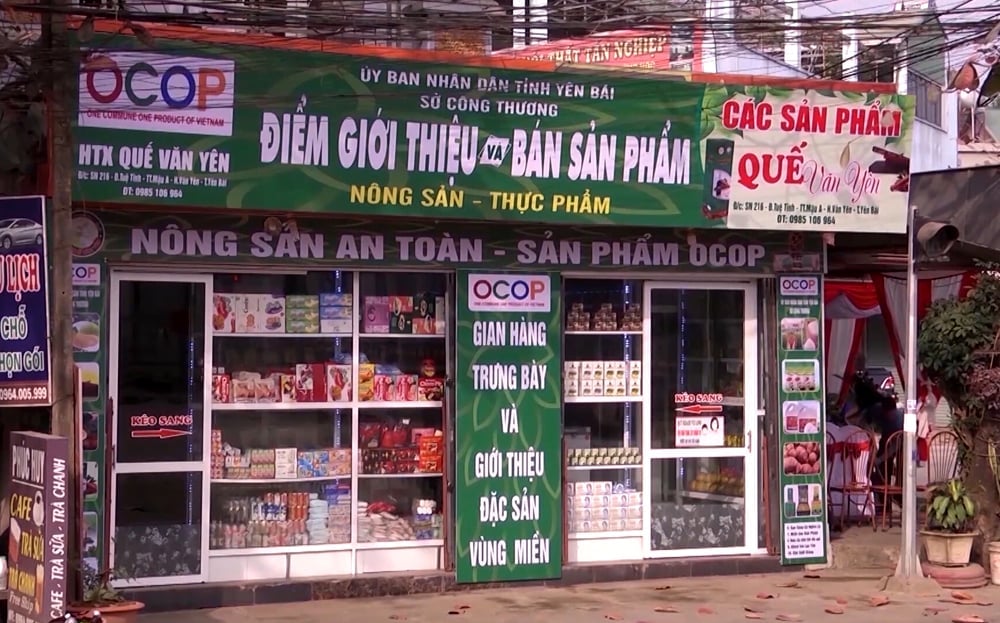

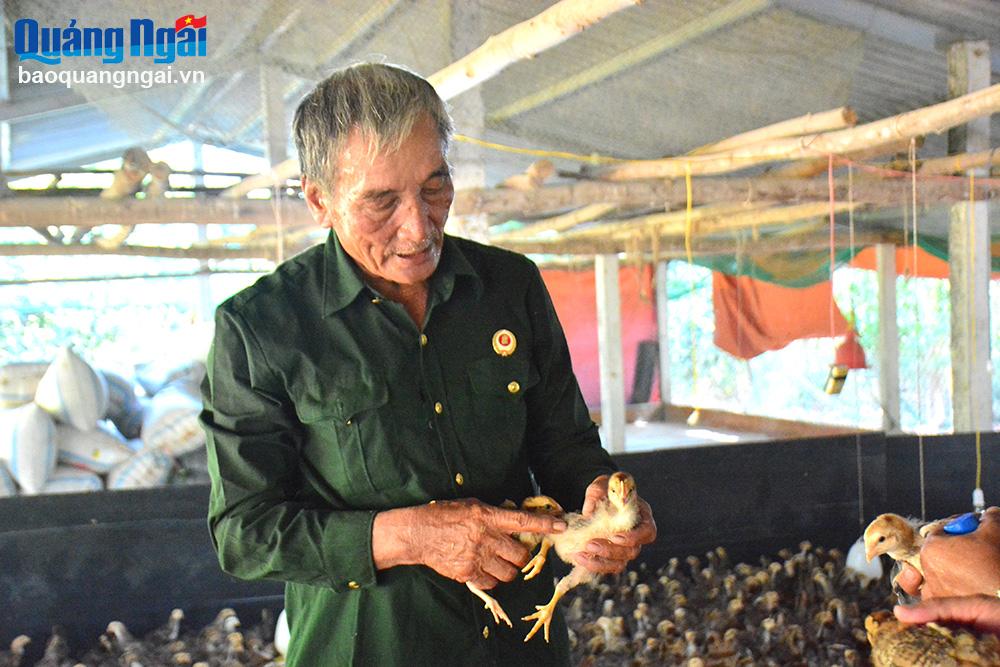

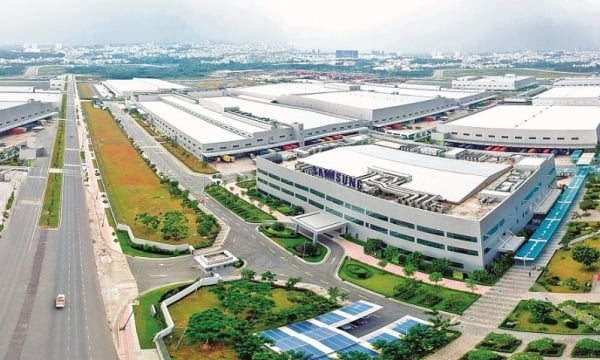
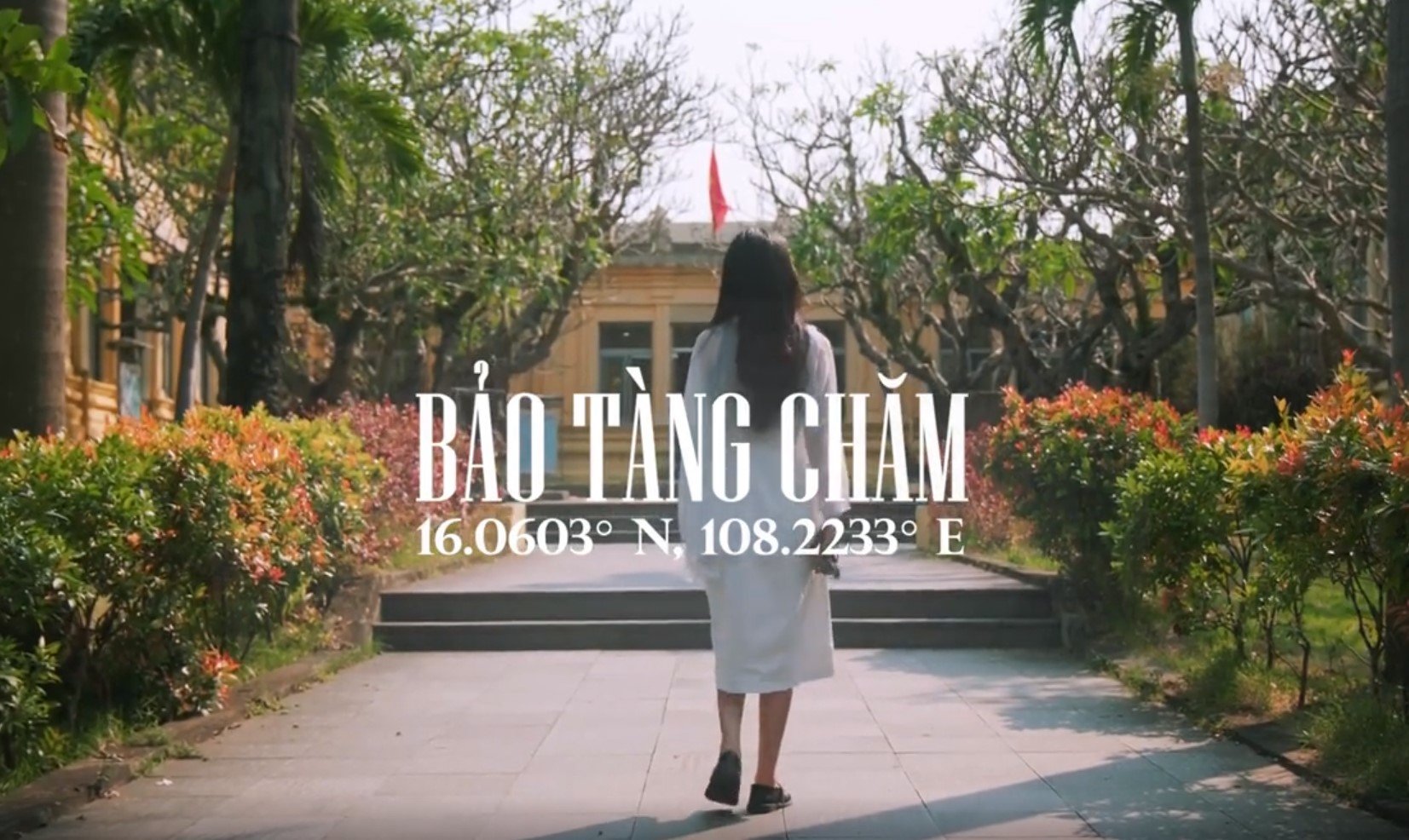
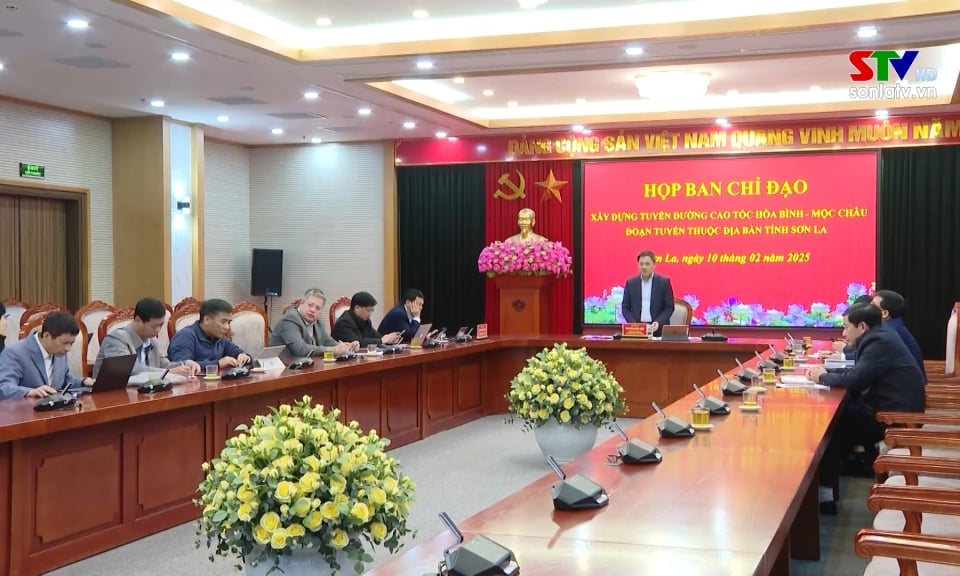
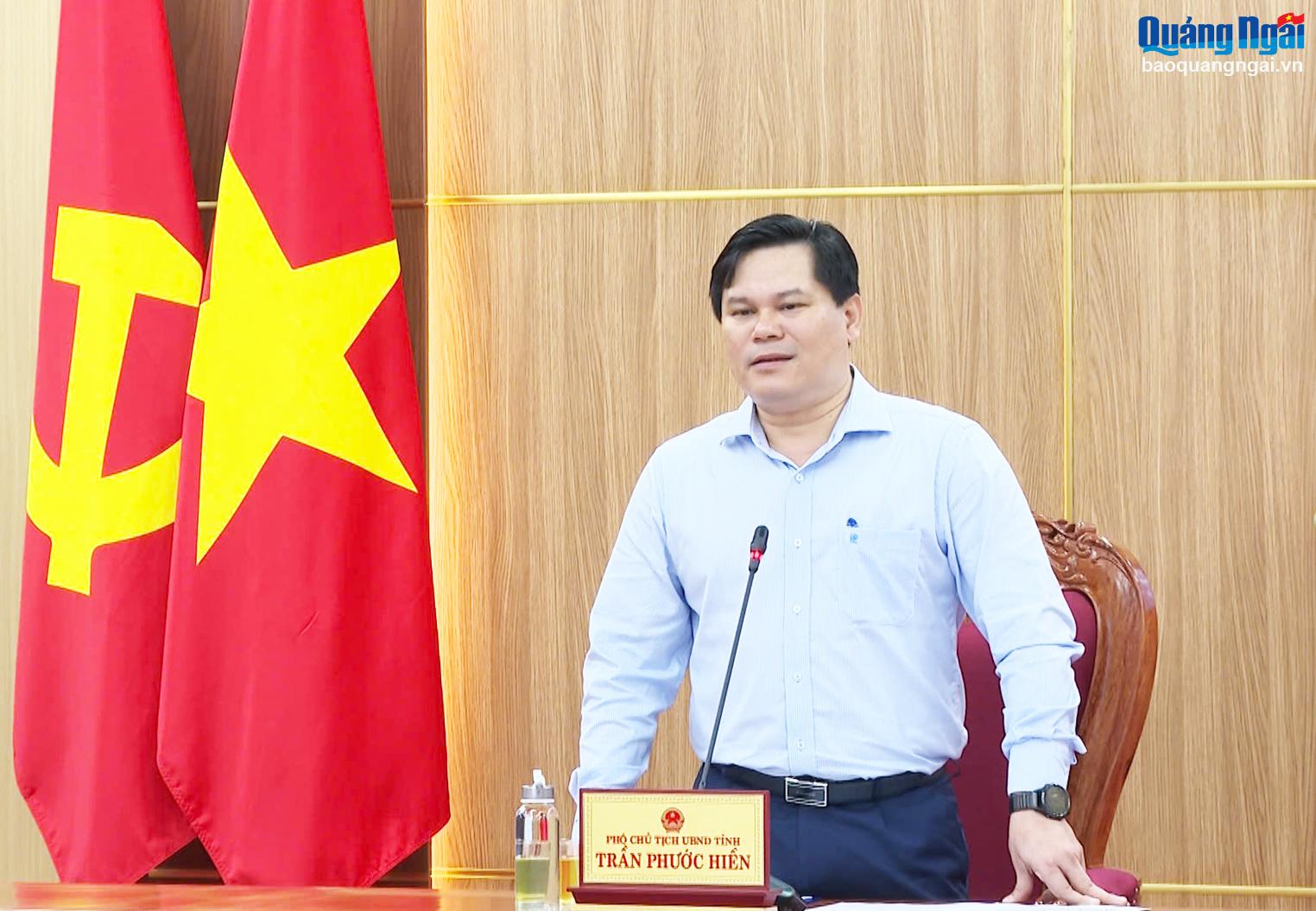














Comment (0)